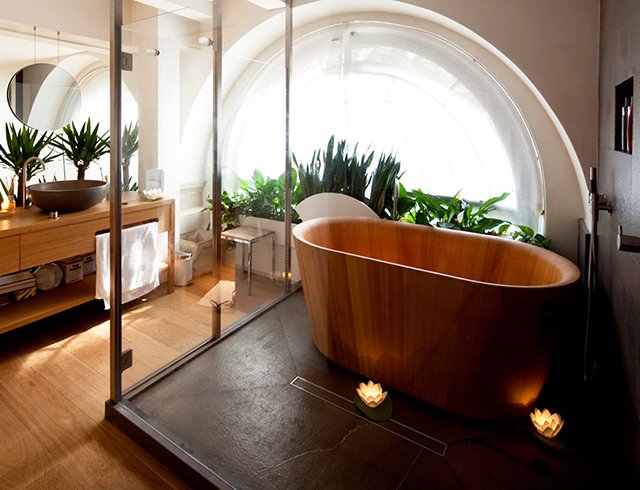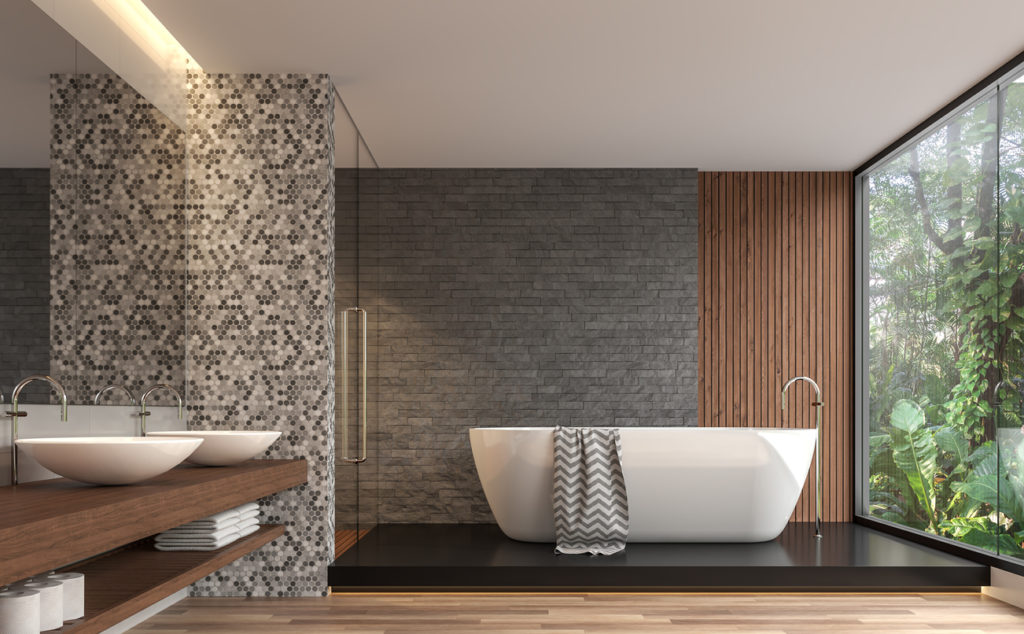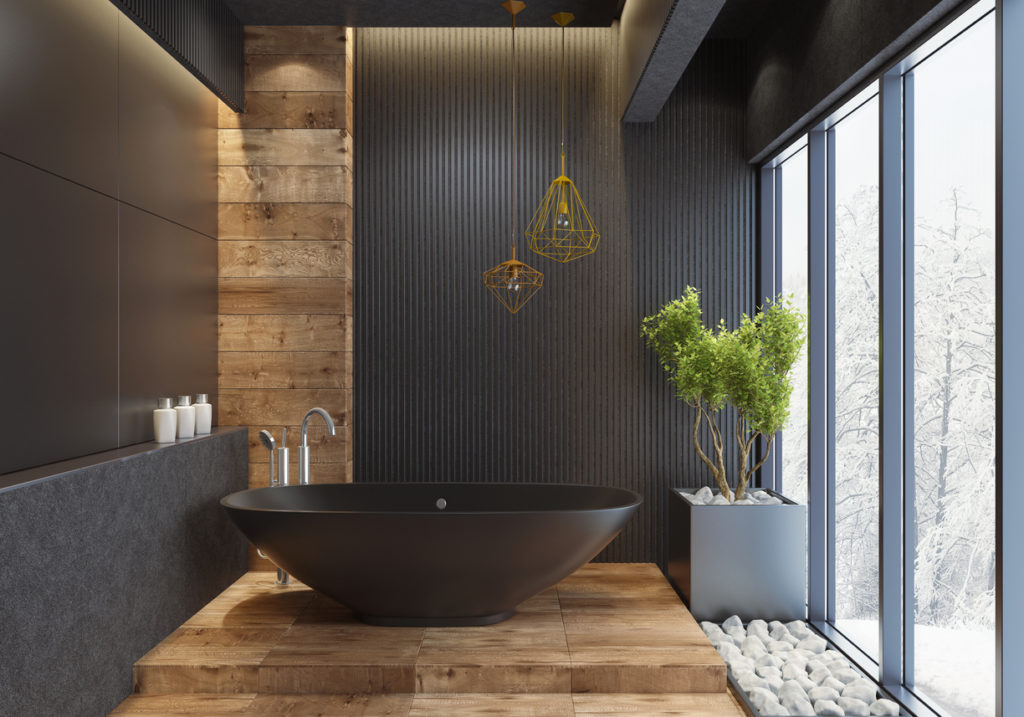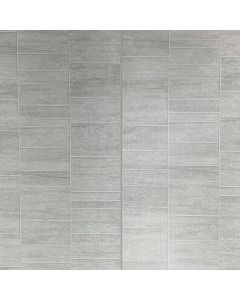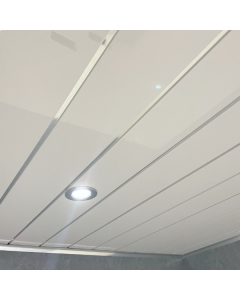
Creating a Japanese Style Bathroom
Japanese bathroom style, and Japanese design principles in general, is synonymous with simplicity, minimalism, and zen, partly due to association with Buddhism. Since the 1920s, Japan has been a source of inspiration for homeowners and interior designers eager to incorporate the Japanese culture of relaxation into their everyday routine.
Bathing culture is very important in Japan, with a soak in hot water just as likely to be for wellbeing as it is cleanliness. By incorporating a deep tub into your bathroom as well as a shower, you can prioritise tranquillity and peace as well as hygiene. If you’re keen to incorporate Japanese styling into your own bathroom design, first you need to know what the features of a Japanese bathroom are.
Here are our top 5 tips for capturing the feel of Japanese bathroom designs.
Japanese bathroom design tips
Consider a soaking tub (ofuro)
Traditional Japanese bathrooms will usually include a deep soaking tub called an ofuro. Unlike in western societies, bathing in Japan is a shared experience – an opportunity to relax and unwind with good company. Because of this, it’s common for friends and family members of the same gender to bathe together at the end of the day. Before taking to the bath, it’s good etiquette to shower and wash your hair so that you’re clean when entering the water.
To incorporate the idea of a soaking tub into your bathroom, make sure to have a shower wet room that’s separate from the bath. Use waterproof bathroom wall panels to create a wet room, and enjoy a zen bathroom built for enjoyment and efficiency.
Choose the right furniture & accessories
Whilst in the UK, bidets remain uncommon, in parts of Europe and certainly in Japan, they’re utilised well. If you don’t have space for a full bidet, consider installing a spray wand next to the toilet. However, make sure that there’s a partition between the bidet, toilet, and bath for hygiene purposes.
If you’re looking to incorporate a bit of Japanese styling into your bathroom, it doesn’t have to cost the world. Simple accessories like floating candles, rattan rugs, and plants and stones can really bring an element of zen to your bathroom. Consider buying a low stool to place next to your bath to rest your towel on or install hooks or a basket instead for the same reason.
Incorporate unique Japanese bathroom design features
Modern Japanese bathrooms often include brand new technologies meaning they can be referred to as smart bathrooms. A control panel allows users to determine the exact temperature of the water, whilst built in speakers can play soothing music that’s ideal for meditating. This might not be achievable if you’re looking for a low budget makeover, but you can add some Japanese modernity through other smart bathroom features.
Quite rightly, Japanese interior culture dictates that toilets and bidets should be found separate from a soaking tub. If you don’t already have a separate toilet (a lot of mid-century British homes do), it could be a good idea to create a partition between sanitaryware. It will also help you to relax as you can focus on yourself rather than the necessity of hygiene.
Add plants and greenery
As in many other cultures, plants are used in Japanese bathrooms to draw elements of nature into the space. Potted bamboo, moss-style plants, and bonsai trees can help to create a zen bathroom. You could even use hanging planters to display orchids or other humidity-loving plants to the room or create a pond in a pot with floating plants like Amazon Frogbit or Water Lettuce.
The placement of plants is essential. Ensure that freestanding plants are organised in a place with plenty of natural light as well as being organised in pleasing arrangements. This greenery promotes peace and tranquillity.
Use natural materials
The Japanese aesthetic focuses on the power of water and stones. No matter the arrangement, stones are a raw symbol of nature and can easily be incorporated into your Japanese-style bathroom.
Stone makes a beautiful background for the bathroom – whether it’s incorporated through tile-effect bathroom wall panels or a bathroom countertop. In many Japanese bathrooms water will also be incorporated in some form. For example, a small stone fountain on a bathroom countertop not only creates a pleasing and natural visual effect but incorporates natural sound into your relaxing environment.
Whilst Japanese bathrooms tend to feature stone or marble tiles, you can achieve this effect on a budget with marble bathroom wall panels. Elements of wood and stone are widely used in Japanese bathrooms and these elements are often referenced in spas in Britain. Choose towels and bathmats in natural colours and fibres to reflect the atmosphere in the space.
Japanese bathroom inspiration
Now that you know what you need to consider when designing a Japanese-style bathroom, get excited and inspired with our mini gallery of pictures.
A deep soaking tub is a central element of traditional Japanese bathrooms. Bonus points if it's made out of a natural material like wood.
Japanese bathrooms often make use of more sophisticated technology than we're used to seeing in the lavatory, like smart toilets and bidets.
Walls inspired by natural materials like wood and stone are important to create a relaxing atmosphere.
Candles and other assorted accessories can help to create the relaxing ambience you're seeking.
More modern materials and colours can add a contemporary edge, while bathroom plants incorporate an additional natural touch.




